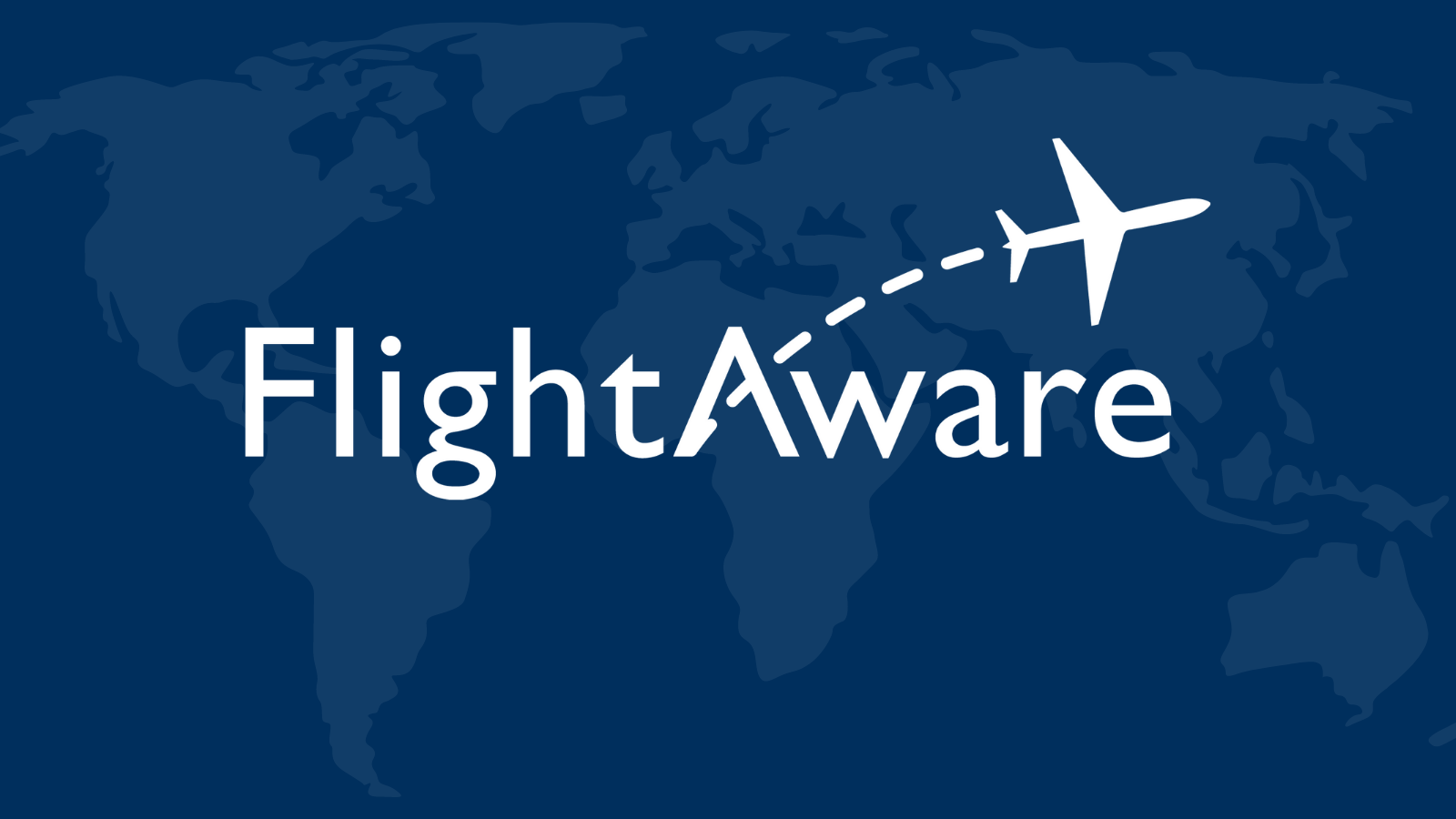Hi Team. Looking for your suggestions on how to accomplish something, if it is even possible!
I would like to run a Pi at my cousin's house where the reception is much better than at mine. With 3 or 4 SDRs installed on the Pi (could be a mix of Airspy units, RTL-SDR v3),I would want to be able to run the following
1. General monitoring SDR
2. An SDR that DSD+ Fastlane can connect to that would enable me to monitor DMR systems
3. An SDR that could be linked to SDR# for decoding Tetra via Tetra Net Monitor
4. A FlightAware / PlanePlotter installation
#1 & #3 could be accomplished using SpyServer. However I don't know if SpyServer can handle multiple devices on the 1 machine.
#4 would be easy enough to implement I believe, although it is the least important in priority.
I have no idea if #2 can be accomplished. Is it possible to use DSD+ in this way so that FMP can connect to a remote SDR? Or can this be accomplished another way? With the cost of electricity in Europe, installing a full computer in the house is not really an option.
I look forward to hearing your thoughts / suggestions!
I would like to run a Pi at my cousin's house where the reception is much better than at mine. With 3 or 4 SDRs installed on the Pi (could be a mix of Airspy units, RTL-SDR v3),I would want to be able to run the following
1. General monitoring SDR
2. An SDR that DSD+ Fastlane can connect to that would enable me to monitor DMR systems
3. An SDR that could be linked to SDR# for decoding Tetra via Tetra Net Monitor
4. A FlightAware / PlanePlotter installation
#1 & #3 could be accomplished using SpyServer. However I don't know if SpyServer can handle multiple devices on the 1 machine.
#4 would be easy enough to implement I believe, although it is the least important in priority.
I have no idea if #2 can be accomplished. Is it possible to use DSD+ in this way so that FMP can connect to a remote SDR? Or can this be accomplished another way? With the cost of electricity in Europe, installing a full computer in the house is not really an option.
I look forward to hearing your thoughts / suggestions!


